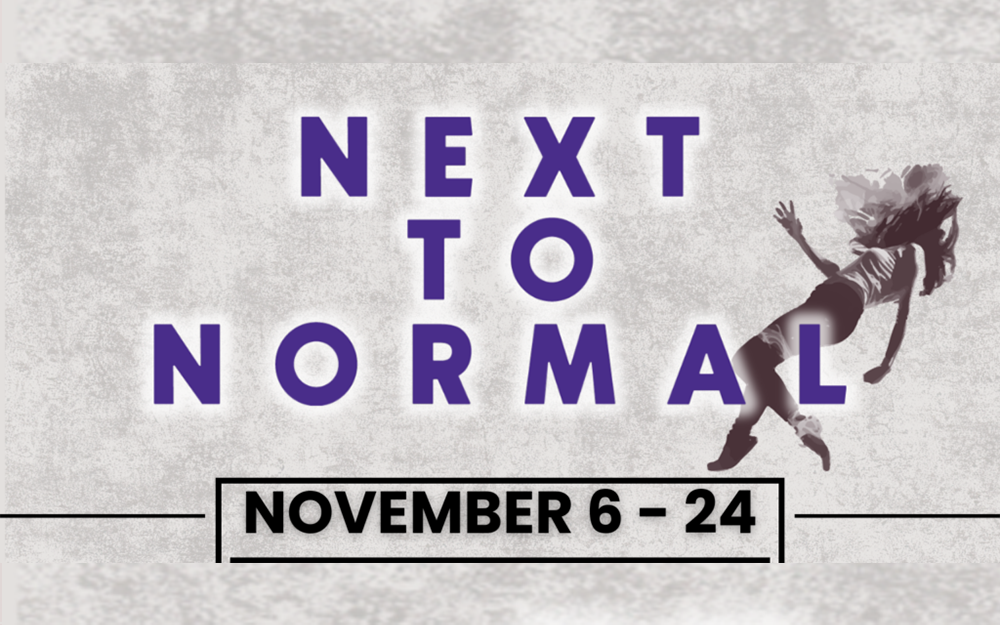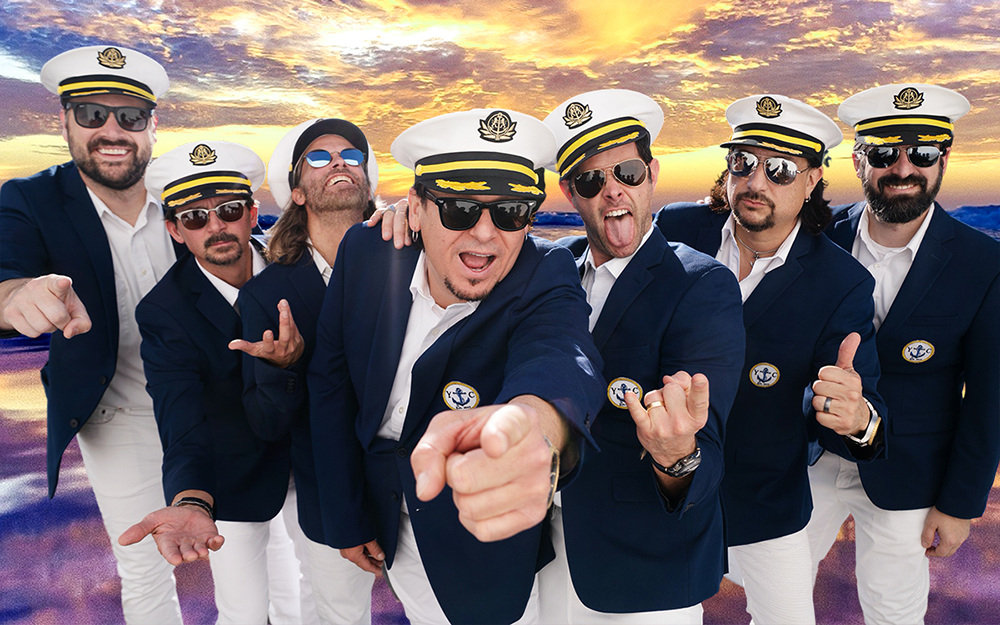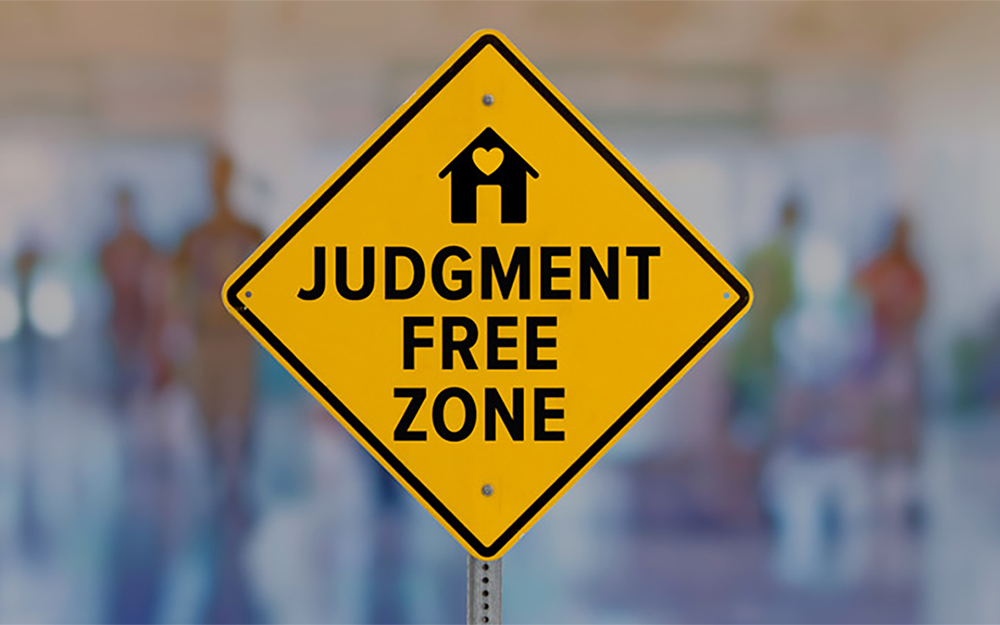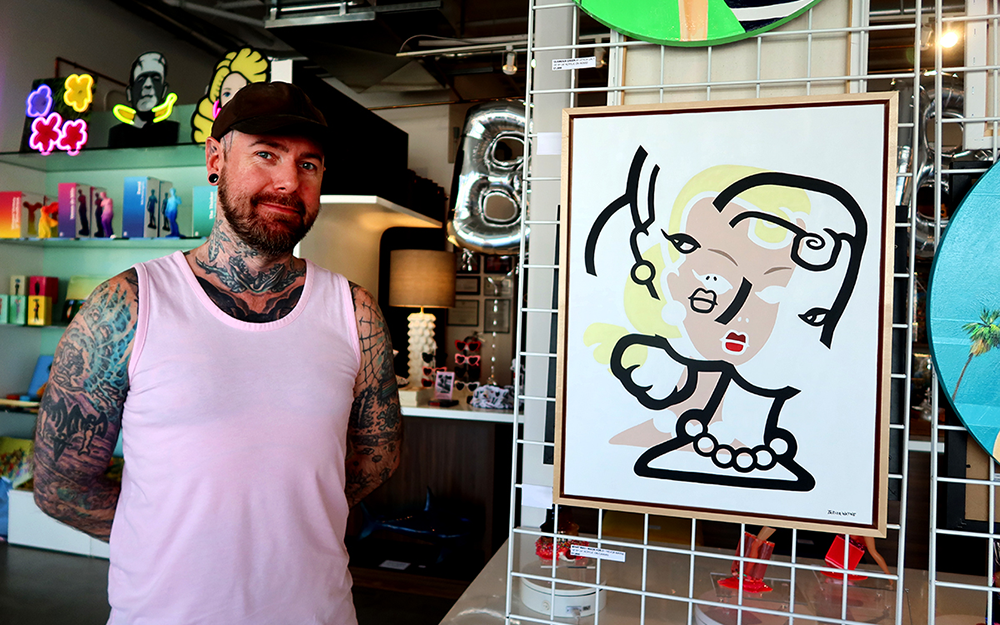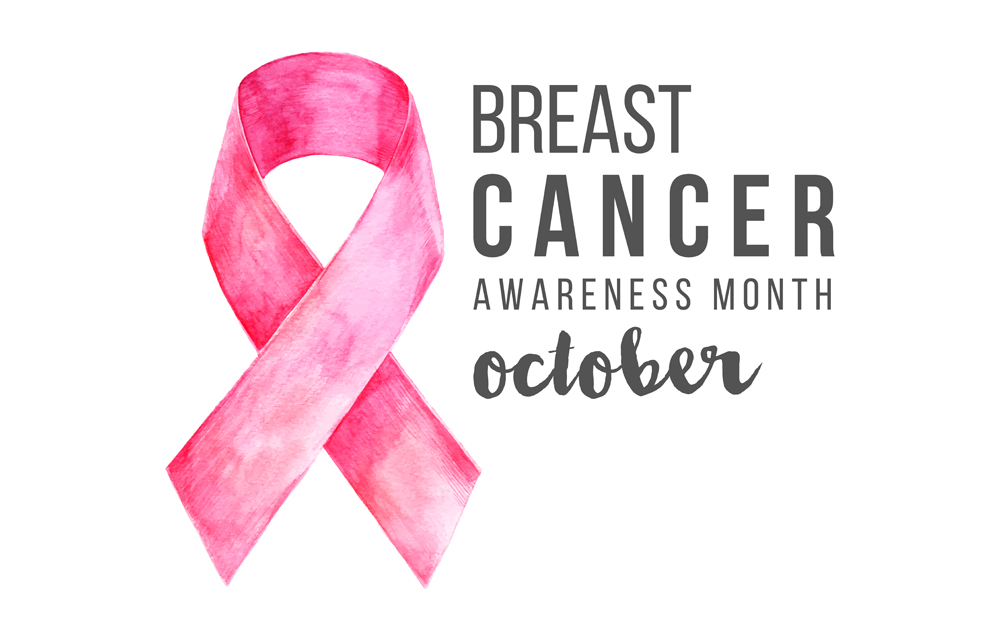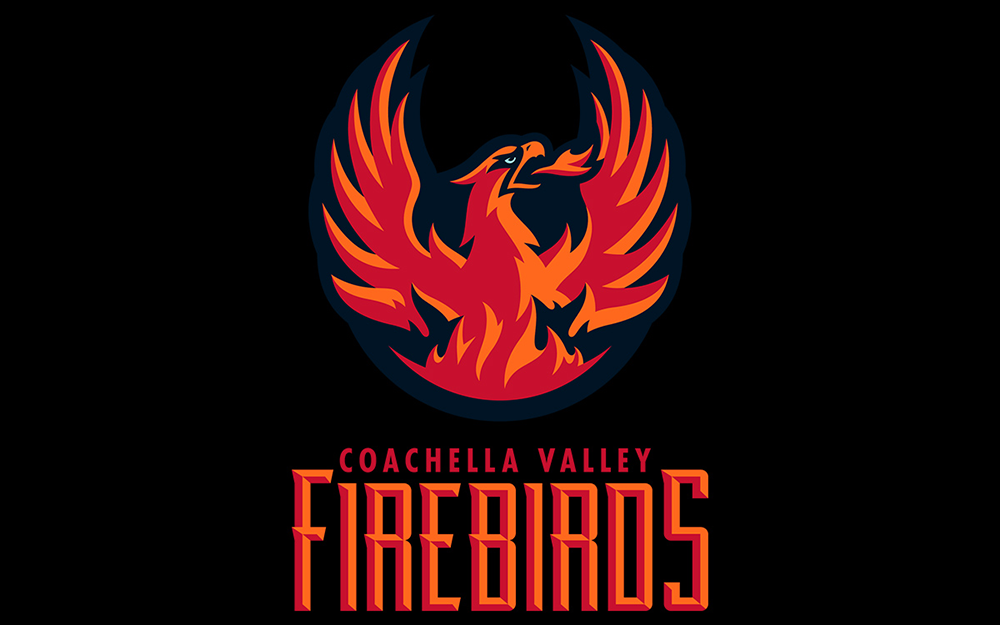
BY RUTH HILL R.N.
Extra! Extra! Read all about it! Guess what’s coming up? This year marks the forty-third year that cannabis lovers around the world will light up their favorite joint, inhale deeply, and enjoy the smooth high precisely at 4:20 PM sharp on April 20. This is cannabis culture at its best. How did this unofficial holiday start?
 In 1971 five high school students in San Rafael, California, who became known as Waldos because they met at a wall, started a ritual that still lasts today. Steve Capper, Dave Reddix, Jeffrey Noel, Larry Schwartz, and Mark Gravich would say “420” to each other as code for marijuana. They learned of a Coast Guard member who planted a cannabis plant and could no longer tend to the crop, so he abandoned it.
In 1971 five high school students in San Rafael, California, who became known as Waldos because they met at a wall, started a ritual that still lasts today. Steve Capper, Dave Reddix, Jeffrey Noel, Larry Schwartz, and Mark Gravich would say “420” to each other as code for marijuana. They learned of a Coast Guard member who planted a cannabis plant and could no longer tend to the crop, so he abandoned it.
The group would meet at the Louis Pasteur statue outside their high school at least once a week to conduct a search using a treasure map from the grower. Their meeting time was 4:20 PM, after practice. They chose that specific time because extracurricular activities had usually ended by then. The Grateful Dead band publicized it and of course, the Internet beats the drum on social media. Any time you see ‘420’ in the classifieds or on social media it means marijuana friendly. See more on the Waldos Group here
The Science that made 420 Safe
It took twenty-three centuries before an update to the mammalian nervous system came about. In 1988 an Israeli scientist, Raphael Mechoulam, discovered the CB1 receptor on all cells, followed by anandamide in 1992 and the universal mammalian endocannabinoid system (ECS) was born. Anandamide is the exact molecular structure as Δ9-tetrahydrocannabinol (THC). The ECS is our master computer system that keeps our nervous system humming. It is responsible for regulating pain, memory, mood, appetite, stress, sleep, metabolism, immune, and reproductive function.
These discoveries stayed hidden in the bowels of the NIH sans Fauci dungeon. Fauci continued to bankroll research into Cannabidiol (CBD) patents for NIH employees to become rich on royalties. Finally, today the ECS is seeping into the medical, nursing, pharmaceutical, nutritional, and psychiatric curriculums.
Nurses and Physicians Advancing the Industry
In 2020 the American Nurses Association designated cannabis nursing as a specialty. Nurses are naturally positioned to research and educate the public about the safe use of cannabis. Universities are designing cannabis research departments as evidenced by both UCSD and UCLA. Notable physicians like, Bonnie Goldstein are treating children with Autism, Timothy Fong is treating patients with Cannabis Use Disorder (CUD), and Sherry Yafai out of UCLA is prescribing cannabis in skilled nursing facilities.
Officials at the University of Colorado at Boulder and the University of California, Santa Cruz (two colleges that boast of having the biggest “smoke-outs”) attempted to push back on the growing popularity of the festivities among their students in 2009. They encouraged (or pleaded with) their students to not participate in 420—to no avail.
Over the past two decades, 24 states plus the District of Columbia and Guam have legalized marijuana for recreational use. That means marijuana smokers can smoke more openly than ever before on 4/20—a date that both marijuana smokers and non-smokers recognize as a national holiday for cannabis culture.
In 2003, when the California Legislature codified the medical marijuana law the voters had passed, the bill was named SB 420. No one fessed up to being responsible for the number, but it was likely a staffer in California State Assembly Member Mark Leno’s office.
The Current State of the Union
Legalizing recreational cannabis incentivized an expansion of cultivators, and dispensaries across the country. Colorado and Washington, the first states to legalize marijuana for adult recreational use in 2013, collected larger tax revenues from cannabis sales and experienced a significant increase in GDP, population, job creation, and house prices. CA followed suit in 2016.
The passage of CA SB 700, the Fair Employment and Housing Act, which became effective in 2024 makes it illegal for an employer to “discriminate against a person… if the discrimination is based upon the person’s use of cannabis off the job and away from the workplace.”
Starting in 2024 CA AB 2188 requires healthcare employers to revise their drug screening policies, considering off-duty cannabis use as non-discriminatory grounds. AB 2188 prohibits employers from holding test results for non-psychoactive cannabis metabolites against an applicant or employee if all the test reveals is evidence of past marijuana use. This reflects a progressive change in managing drug use among healthcare workers, prioritizing employee privacy and rights.
Current CA law makes monetary transactions involving the sale or delivery of any amount of marijuana by someone who does not possess a state licensed permit as a misdemeanor punishable by up to six months in jail and a $500 fine. However, gifting marijuana in quantities up to one ounce for no remuneration is legal.
The most significant change in the cannabis industry came with the 2018 passage of the Farm Bill, which took hemp out of DEA regulation and put it into the FDA. Hemp became a nutraceutical. This expansion legalized hemp cannabis in states that had not yet legalized marijuana/cannabis. Now children in Idaho Kansas and Nebraska can obtain a cannabis product devoid of THC. Employees who are drug tested have no fear of THC showing up in their tests with a broad-spectrum hemp product.
Barriers to Future Cannabis Research
How can the cry for more research be realized in America when the government erects obstacles. The Controlled Substances Act requires an individual who wishes to conduct research on a Schedule I substance to register with the DEA. This is a tedious endeavor opening up researchers to Federal unwanted oversight. Federal tax law prohibits them from deducting businesses expenses related to the trafficking of Schedule I drugs.
Hope for the Future
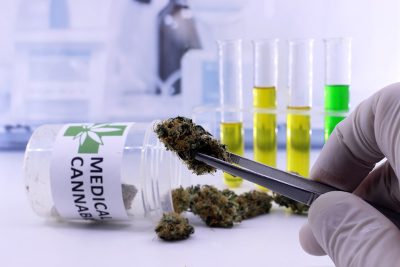 In the U.S. Congress, H.R.610 – Marijuana 1-to-3 Act of 2023 moves marijuana to a lower schedule of the Controlled Substances Act. Specifically, it directs the Drug Enforcement Administration to transfer marijuana from schedule I to schedule III. A schedule I controlled substance is a drug, substance, or chemical that has a high potential for abuse; that has no currently accepted medical use; and that is subject to regulatory controls and administrative, civil, and criminal penalties under the Controlled Substances Act.
In the U.S. Congress, H.R.610 – Marijuana 1-to-3 Act of 2023 moves marijuana to a lower schedule of the Controlled Substances Act. Specifically, it directs the Drug Enforcement Administration to transfer marijuana from schedule I to schedule III. A schedule I controlled substance is a drug, substance, or chemical that has a high potential for abuse; that has no currently accepted medical use; and that is subject to regulatory controls and administrative, civil, and criminal penalties under the Controlled Substances Act.
A schedule III-controlled substance is a drug, substance, or chemical that has less potential for abuse than a schedule I or II substance; that has a currently accepted medical use; and that has low or moderate risk of dependence if abused. Call your Representative and Senator and tell them to support this bill. Next week hundreds of cannabis policy advocates will converse on Washington DC to demand an end to prohibition. The Waldo Group should be proud. Their legacy empowered ‘we the people’ to demand our corrupt federal bureaucracy to stop lying to us.
When you light up at 4:20 PM this year be grateful for the many activists, scientist and believers who risked reputations and lively hoods to prove your joint is safe. Happy 420
Send comments and questions to cannaangel16@gmail.com.







